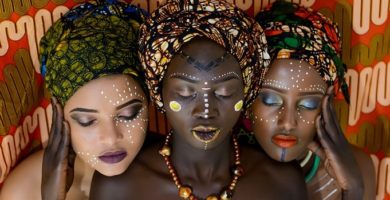
In more than 60 years of service in art, he resized values in the clothing of slaves, comparseros and neighborhood people, while also doing it with costumbrismo and the attire of deities such as Changó and Oyá.
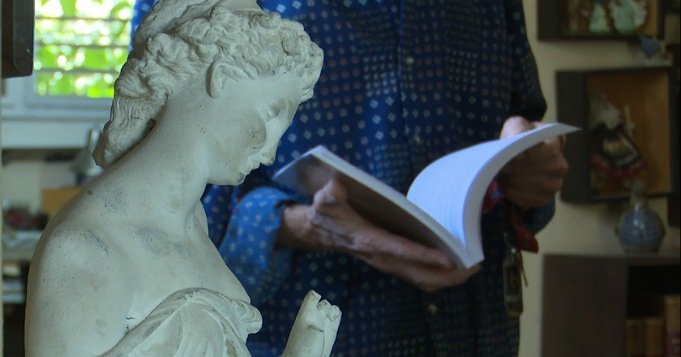
The work of the scenic designer Eduardo Arrocha zigzags between the manifestations of theater and dance. The cinema also knew of his professionalism, but of his participation in works of the seventh art he does not feel pride, he says. However, this teacher changes his expression when he talks about one of the milestones in his more than six decades of dedication to the culture of his country: the beginning in the National Modern Dance Ensemble, today the Contemporary Dance Company of Cuba.
There he began as stage manager in 1961. Then Ramiro Guerra led the group and had premiered choreographies such as Mulato, Suite Yoruba, Rhythmic, La Rembambaramba, and Arrocha's favorite: Auto sacramental. Shortly after, he was asked to design the costumes for the three characters in that last play, but then he assumed the costume design for extra fruitaña, Arrow y Baroque IntermissionIn 1963.
All these titles and the treatment of their themes would contribute to the incorporation of dancers with various aesthetic characteristics and skin colors who until that moment had not starred or played characters in the theater. However, Eduardo contributed without prejudice to the dignity, from the dazzling beauty and creativity of the wardrobe, to characters segregated in society.
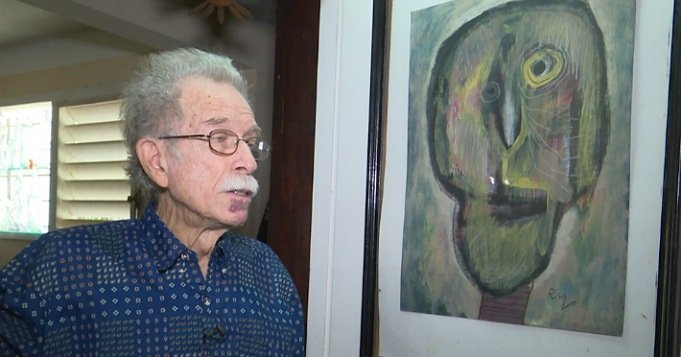
He rediscovered values in the clothing of slaves, chancleteros, comparseros… neighborhood people, in short, as much as those of the European courts of the XNUMXth century. He reconfigured the costumbrismo of the robes of raisins - ribbons and lace of the women of the manors of Havana as well as the richness of the attire of Changó and Oyá.
The piece Medea and the slave traders It opened opportunities for artists with these characteristics and at the same time it meant a milestone in the history of the Conjunto Nacional de Danza Moderna, says Arrocha as he recalls how Ramiro managed to combine a Greek myth with the Antilles from the early XNUMXth century.
This 87-year-old from Guanabaco has a memory where everything keeps its place. He does not miss an opportunity to praise the music with African roots that accompaniesañadance creations throughout the '60s.
“The secret was that the percussionists endowed these live sounds with authenticity because they gave them the feeling of the touches of Santeria that many of them knew, since they practiced Afro-Cuban religions. For example, the music of the Congos served as sustenance in Medea and the negreros where the dancers Luz María Collazo and Perlita Rodríguez offered a spectacle of beauty and sensuality to the public, also immersed in the movements of these and other extremely talented mulatto women ”.
Eduardo Arrocha built scenographies for endless productions, but his strength was the costumes that he endowed with the exuberance of Cuban flora and fauna (he introduces snails and shells from the sea, as well as masses of wire and wooden beads); rethink the elements of Yoruba myths brought to theatricality and even the use of African masks.
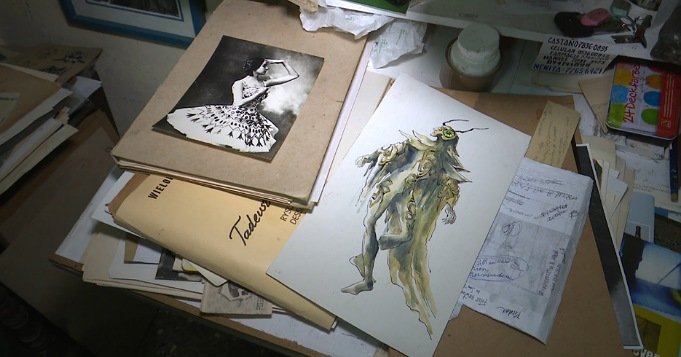
He sympathetically comments on an anecdote between the tragic and the comic if viewed from the distance of time:
“During a visit by the French dancer and choreographer Maurice Béjart to Havana in 1967, Ramiro Guerra showed him a rehearsal with costumes by the recently released Orfeo Antillano, and showed his complacency, but objected to the realistic and ornate costumes that concealed the physical values of the dancers, among them the great figures Eduardo Rivero, Gerardo Lastra and Clara Luz Rodríguez ”.
“Ramiro understood the need for a revision of them, and keeping those of the Yoruba hell scene, he asked me for a new design for the first and last carnival. They destroyed my original idea ", smile.
Eduardo Arrocha recalls as one of his successes the contribution from design to work Sulkary, by the choreographer and dancer Eduardo Rivero. 40 years after that premiere, it is a top piece in the repertoire of the Conjunto Nacional de Danza Moderna - he considers-, which by the '70s would change its name to Danza Nacional de Cuba.
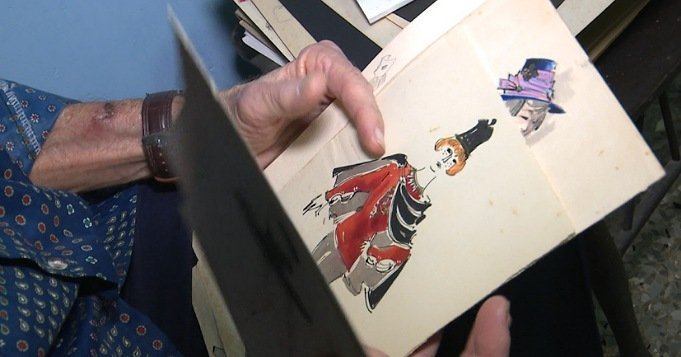
As the critics say: “His art is a direct transcription of the visual traditions of the Yoruba when he recreates such themes. He explores with his creative versatility a certain portion of that culture, serving with the means of a ceremonial painting ”. This octogenarian lord of the scene continues to bow before his drawing table because work encourages him to live. Today it has designs for more than a hundred theater directors and choreographers in more than 400 creations. All this and more is narrated in the book of his authorship "Word of designer", soon to be presented in Cuba.



